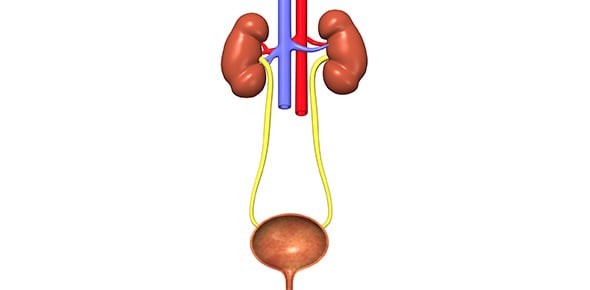Disease of the kidney: nephro____________
Incision to remove a stone from the renal pelvis:...
Protein in the urine: ____________________uria
Visual examination of the urinary bladder: _________________scopy
Sugar in the urine: _____________uria
Vesic/o
Lith/o
Ren/o
Py/o
-tripsy
-poietin
-sclerosis
Peri-
Poly-
Dys-
Dia-
En-
New opening
Incision
Disease condition
Removal
Blood condition
Thirst
Night
Blood vessel
A sudden onset of severe lower abdominal pain and vaginal bleeding...
Altough the cause is not always clearly understood, the best...
Hardening of vessels in the kidney:
Collecting area in the kidney:
Either men or women can experience dyspareunia, but it is more common...
Alcohol, recreational drugs, antihistamines, diuretics, and drugs used...
There are various possible causes of male or female infertility,...
Visual examination of the bladder:
Colpotomy is an incision into the vagina
Meatal stenosis:
Swelling;fluid in tissues:
Stone:
Chemical that carries an electrical charge
Biopsy of the vaginal mucosa code is
Aftificial insemination performed via intrauterine is reported using
Childhood renal carcinoma:
Test that measures the amount of urea in the blood:
Failure to seek treatment for a gonorrhea infection can result in...
Reporting code 59300 is acceptable when reporting 59400
Surgical laparoscopy always includes:
When coding a total abdominal hysterectomy with an anterior/posterior...
Hysterectomy codes are first divided in the cpt manual based on the...
What surgery subheading has only two codes
Oliguria:
The STD sometimes referred to as the silent STD, which is more common...
Early diagnosis and prompt treatment of PID helps prevent...
Urine is held in the bladder:
The leading cause of deaths attributed to the female reproductive...
The cause of toxic shock syndrome is thought to be
The symptoms and signs of toxemia in pregnancy, preeclampsia, and...
The first sign of testicular cancer is
Antepartum care includes
Lysis of adhesions is performed on either the fallopian tubes or the
Inability to hold urine in bladder:
Diagnostic evaluation for prostatic cancer includes
The best prevention of epididymitis is the early treatment of urinary...
Electrolyte:
Hernia of the tube connecting the kidney and urinary bladder:
Artificial kidney machine:
Hormone secreted by the kidney to increase red blood cells:
Risk factors that place women at a higher risk for cancer of the...
The code 59400 doesnt include
Hyperemesis gravidarum is usually self-limiting and transient
HPV is commonly associated with
Benign prostatic hyperplasia (BPH) causes
Hormone replacement therapy for postmenopausal women
Endometrial cancer is
The patient with hydatidiform mole experiences symptoms that mimic...
Nephrolithotomy:
Protein in the urine:
Protein in the urine:
Excessive thirst:
A fetal non-stress test is completed on a 36-week pregnancy. the...
A term that means no urine production is:
In pregnancy, when the placenta is implanted in the lower uterine...
In which of the following categories would you locate a code for the...
You would expect to code a service for an amniocentesis using a code...
The treatment of genital herpes is directed at
Testicular cancer is most common in men over age 60
Glomerular:
Nephrosclerosis:
A radical vulvectomy is the removal of greater than 80% of the vulvar...
The anatomy in the female genital system subsection starts with the...
The most commonly diagnosed std in the united states is
Which of the following statements is true about syphilis
The absence of menstrual periods, whether temporary or permanent, is...
Nitrogenous waste:
Lithotripsy:
The code for destruction of a vaginal lesion is 17000
Loop electrode excision procedures are also referred to as
The pathologic outcomes of endometriosis includes
Surrounding the urinary bladder:
X-ray of the urinary tract:
Diabetes insipidus is characterized by all of the following except:
Renal abscess may lead to:
Alkaline:
A group of symptoms marked by edema, proteinuria, and hypoalbuminemia:
According to the text, vulvectomy codes are divided based on the...
Invasive cervical cancer
The diagnosis of PID may include
Uremia:
High levels of ketones in the blood can lead to:
The term describes an insision of the vagina to gain access to the...
If a patient has had a previous cesarean delivery and the has a...
Renal pelvis:
Diagnostic amniocentesis includes radiologic supervision and...
The code for a curettage performed after delivery is 58120
Incision and drainage of these glands are not reported using female...
Portion of the urinary bladder:
For medical complications of pregnancy the physician would report his...
Fibroadenoma is a nontender malignant tumor of the breast
















